A single dose of the asthma medication zileuton stopped severe allergic reactions in mice by blocking food allergens from entering the bloodstream
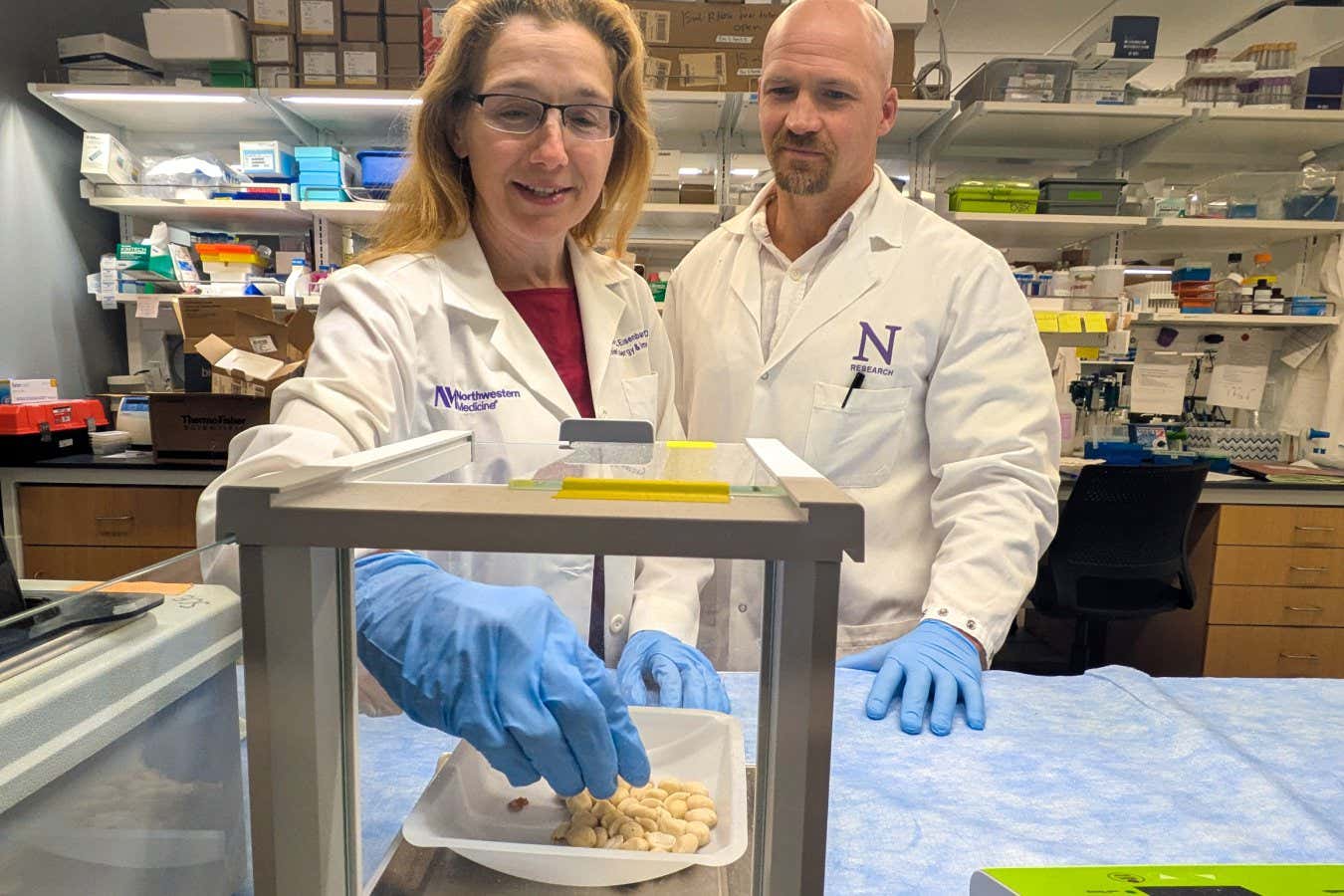

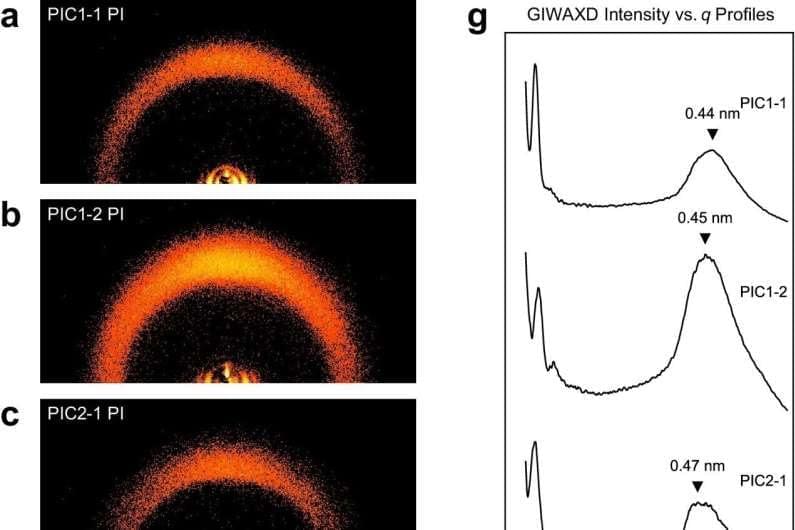
In a groundbreaking step forward for polymer science and electronics cooling technology, researchers from Japan have leveraged artificial intelligence to identify a new class of liquid crystalline polyimides with remarkably high thermal conductivity. Their work, recently published in npj Computational Materials, combines data science, chemistry, and machine learning to accelerate the search for next-generation materials capable of efficiently dissipating heat in compact, high-performance electronics.
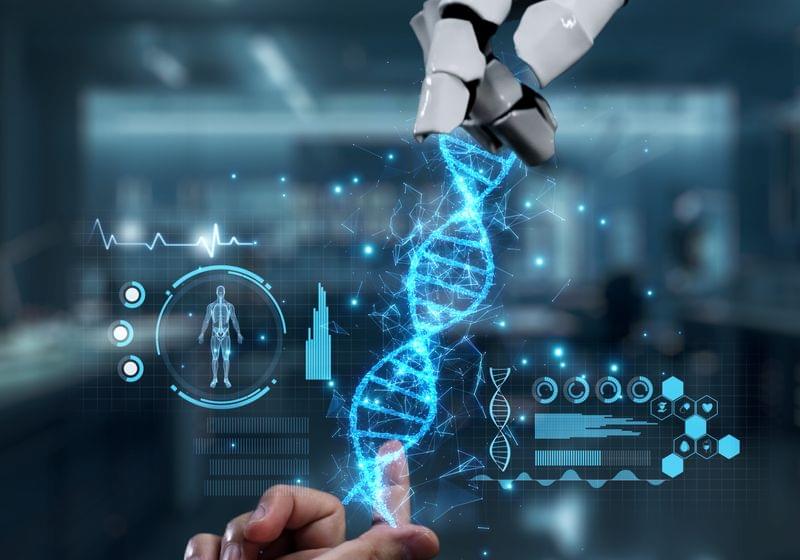
CRISPR technology has revolutionized biology, largely because of its simplicity compared to previous gene editing techniques. However, it still takes weeks to learn, design, perform, and analyze CRISPR experiments; first-time CRISPR users often end up with low editing efficiencies and even experts can make costly mistakes.
In a new study, researchers from Stanford University, Princeton University, and the University of California, Berkeley, teamed up with Google DeepMind to create CRISPR-GPT, an artificial intelligence (AI) tool that can guide researchers through every aspect of CRISPR editing from start to finish in as little as one day.1 The results, published in Nature Biomedical Engineering, demonstrate that researchers with no previous CRISPR experience could achieve up to 90 percent efficiency in their first shot at gene editing using the tool.
CRISPR-GPT is a large language model (LLM), a type of AI model that uses text-based input data. Led by Le Cong of Stanford University and Mengdi Wang of Princeton University, the team trained the model on over a decade of expert discussions, as well as established protocols and peer-reviewed literature. They designed it to cover gene knockout, base editing, prime editing, and epigenetic editing systems, and benchmarked the tool against almost 300 test questions and answers.
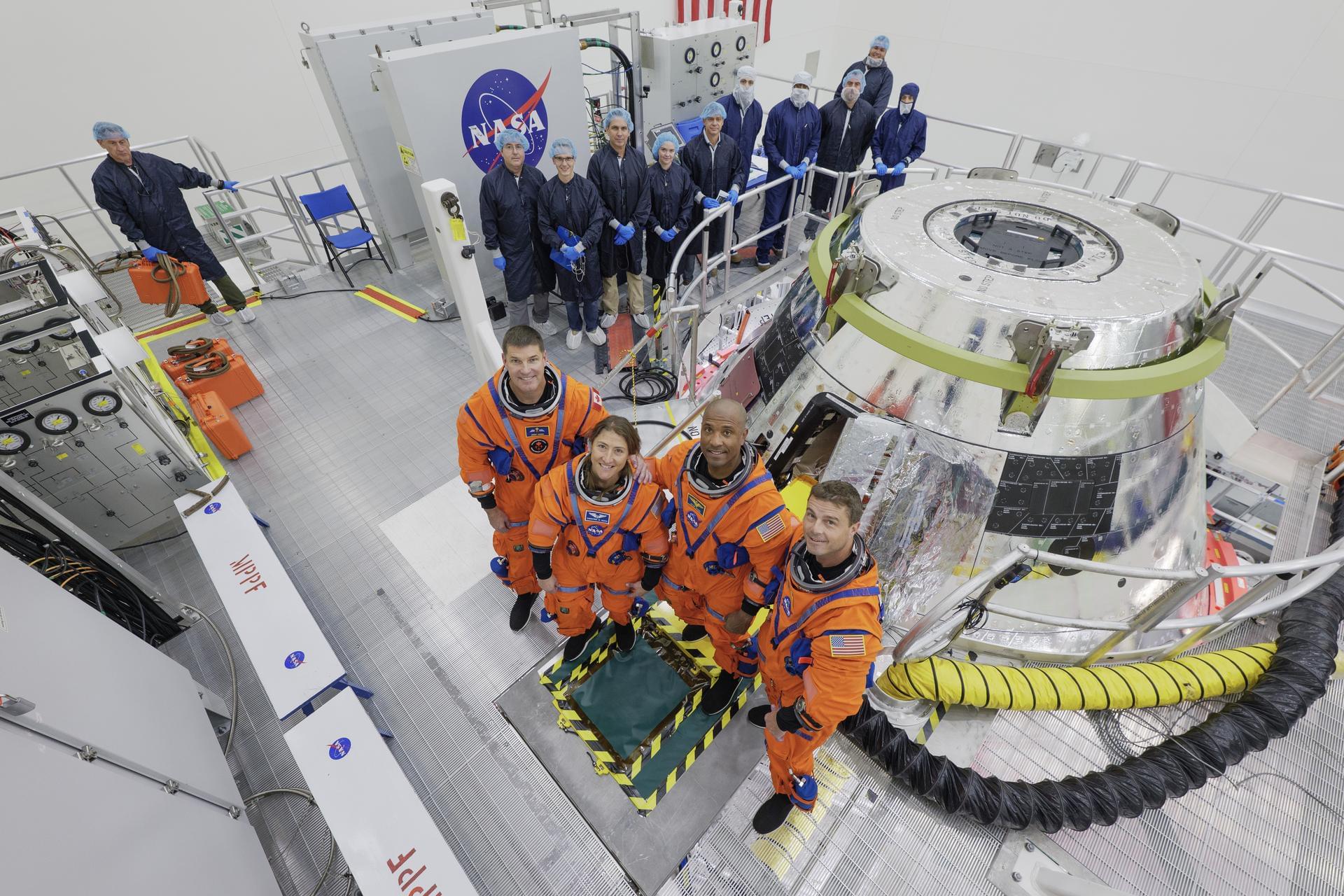
The first crew slated to fly in NASA’s Orion spacecraft during the Artemis II mission around the Moon early next year entered their spacecraft for a multi-day training at the agency’s Kennedy Space Center in Florida. Crew donned their spacesuits July 31 and boarded Orion to train and experience some of the conditions they can expect on their mission.
NASA astronauts Reid Wiseman, Victor Glover, and Christina Koch, and CSA (Canadian Space Agency) astronaut Jeremy Hansen participated in a suited crew test and crew equipment interface test, performing launch day and simulated orbital activities inside Orion.
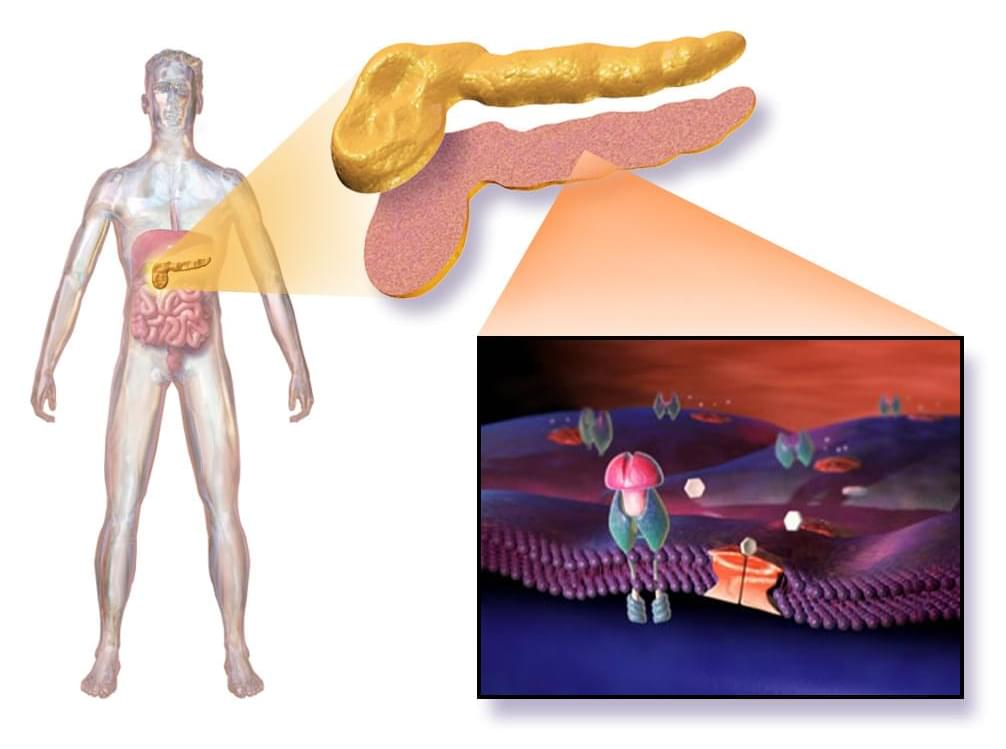
Uppsala University Hospital-led investigators report that gene-edited donor islet cells survived 12 weeks inside a man with long-standing type 1 diabetes without any immunosuppressive medication.
Intensive insulin therapy can delay complications and improve life expectancy. Early-onset type 1 diabetes remains linked to reduced quality of life, serious cardiovascular risk, and shortened lifespan. Toxicity from lifelong immune suppression also drives morbidity and mortality in organ recipients.
In the study, “Survival of Transplanted Allogeneic Beta Cells with No Immunosuppression,” published in the New England Journal of Medicine, researchers conducted a first-in-human open-label trial to test whether hypoimmune-engineered islet cells could evade rejection.



Magnetism plays a pivotal role in many biological systems. However, the intensity of the magnetic forces exerted between magnetic bodies is usually low, which demands the development of ultra-sensitivity tools for proper sensing. In this framework, magnetic force microscopy (MFM) offers excellent lateral resolution and the possibility of conducting single-molecule studies like other single-probe microscopy (SPM) techniques. This comprehensive review attempts to describe the paramount importance of magnetic forces for biological applications by highlighting MFM’s main advantages but also intrinsic limitations. While the working principles are described in depth, the article also focuses on novel micro- and nanofabrication procedures for MFM tips, which enhance the magnetic response signal of tested biomaterials compared to commercial nanoprobes. This work also depicts some relevant examples where MFM can quantitatively assess the magnetic performance of nanomaterials involved in biological systems, including magnetotactic bacteria, cryptochrome flavoproteins, and magnetic nanoparticles that can interact with animal tissues. Additionally, the most promising perspectives in this field are highlighted to make the reader aware of upcoming challenges when aiming toward quantum technologies.
Philosophers of physics aren’t just thinking deep thoughts; they’re making concrete contributions! From loop quantum gravity’s critique of string theory to Landauer’s principle, their insights force physicists to rethink assumptions. #PhilosophyOfPhysics #QuantumGravity #StringTheory #PhysicsResearch #TheoreticalPhysics
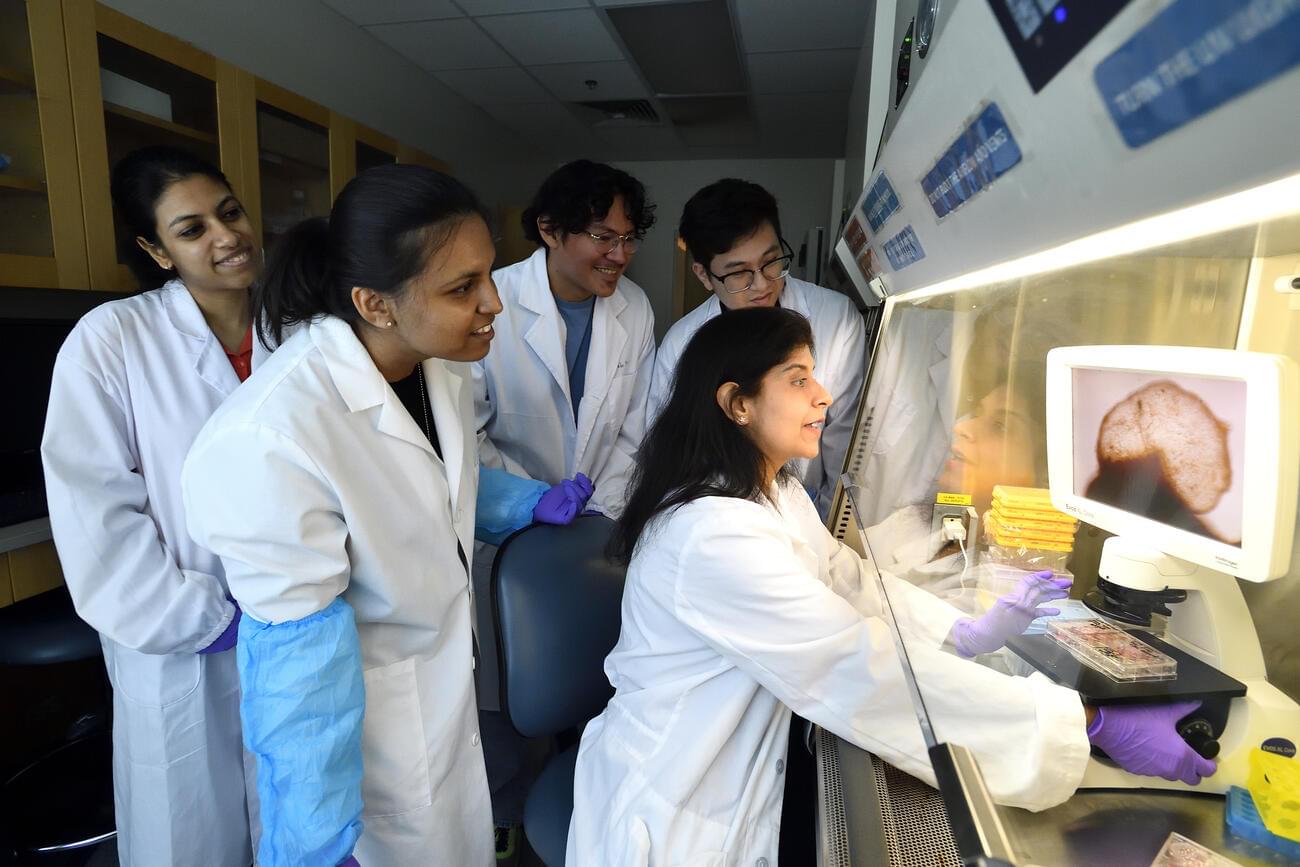
Johns Hopkins University researchers have grown a novel whole-brain organoid, complete with neural tissues and rudimentary blood vessels—an advance that could usher in a new era of research into neuropsychiatric disorders such as autism.
“We’ve made the next generation of brain organoids,” said lead author Annie Kathuria, an assistant professor in JHU’s Department of Biomedical Engineering who studies brain development and neuropsychiatric disorders. “Most brain organoids that you see in papers are one brain region, like the cortex or the hindbrain or midbrain. We’ve grown a rudimentary whole-brain organoid; we call it the multi-region brain organoid (MRBO).”